Alexander Brodsky
Alexander Brodsky is an architect and former member of the group Paper Architectsoperating in Russia in the 1980s, whose work centred around a refusal to take part in state sponsored architectural production of low-quality, standardised buildings. During the 1990s Brodsky produced contemporary art, moving to New York in 1996. In 2000 he returned to Russia to finally practice freely as an architect, working out of a small office in Moscow State Museum, an indication of the regard in which he is now held in his home country. Brodsky's work is characterised by a concern with traditional building, using local materials to produce an architecture that celebrates Russian heritage whilst at the same time acting as a critique of the unregulated and corrupt building industry.
His work thus stands in contrast to the untethered development occurring in Russia, in particular in Moscow and in the threat to St Petersburg's world heritage status. Whilst Western 'star architects' are building controversial projects, Brodsky's architecture remains restrained, blurring the line between art and architecture. He has built a pavilion made completely out of discarded timber window frames from industrial warehouses, a monument to the wanton destruction of Russia's industrial heritage as well as a celebration of Russian tradition-the pavilion was designed for vodka drinking ceremonies. He has built another pavilion in the middle of a frozen lake with ice cubes, whilst his very first commission in 2002 was for a restaurant. Built on wooden stilts by a reservoir, the whole structure is tilted at an angle of 95° and infilled with wood and plastic. Brodsky's architecture combines local and reused materials to produce buildings that are both traditional and modern, his sombre buildings acting as a reminder of the fragility of the city. Although aesthetically very different, his reuse of old windows, bits of timber and glass to make new structures is similar to the approach taken by the Dutch practice, 2012 Architecten, of recycling materials without reprocessing.
Article from Spatial Agency



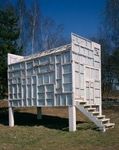
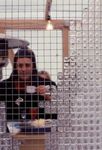
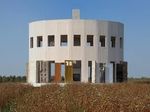
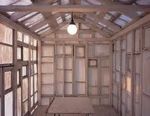
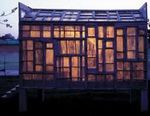





/https%3A%2F%2Fstorage.canalblog.com%2F05%2F91%2F914755%2F102979541_o.jpg)
/https%3A%2F%2Fstorage.canalblog.com%2F33%2F92%2F914755%2F102977735_o.jpg)
/http%3A%2F%2Ftarynsimon.com%2Fimages%2Fimg_rep%2Fh2_03.jpg)
/https%3A%2F%2Fstorage.canalblog.com%2F21%2F35%2F914755%2F101998806_o.jpg)